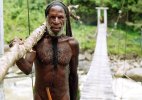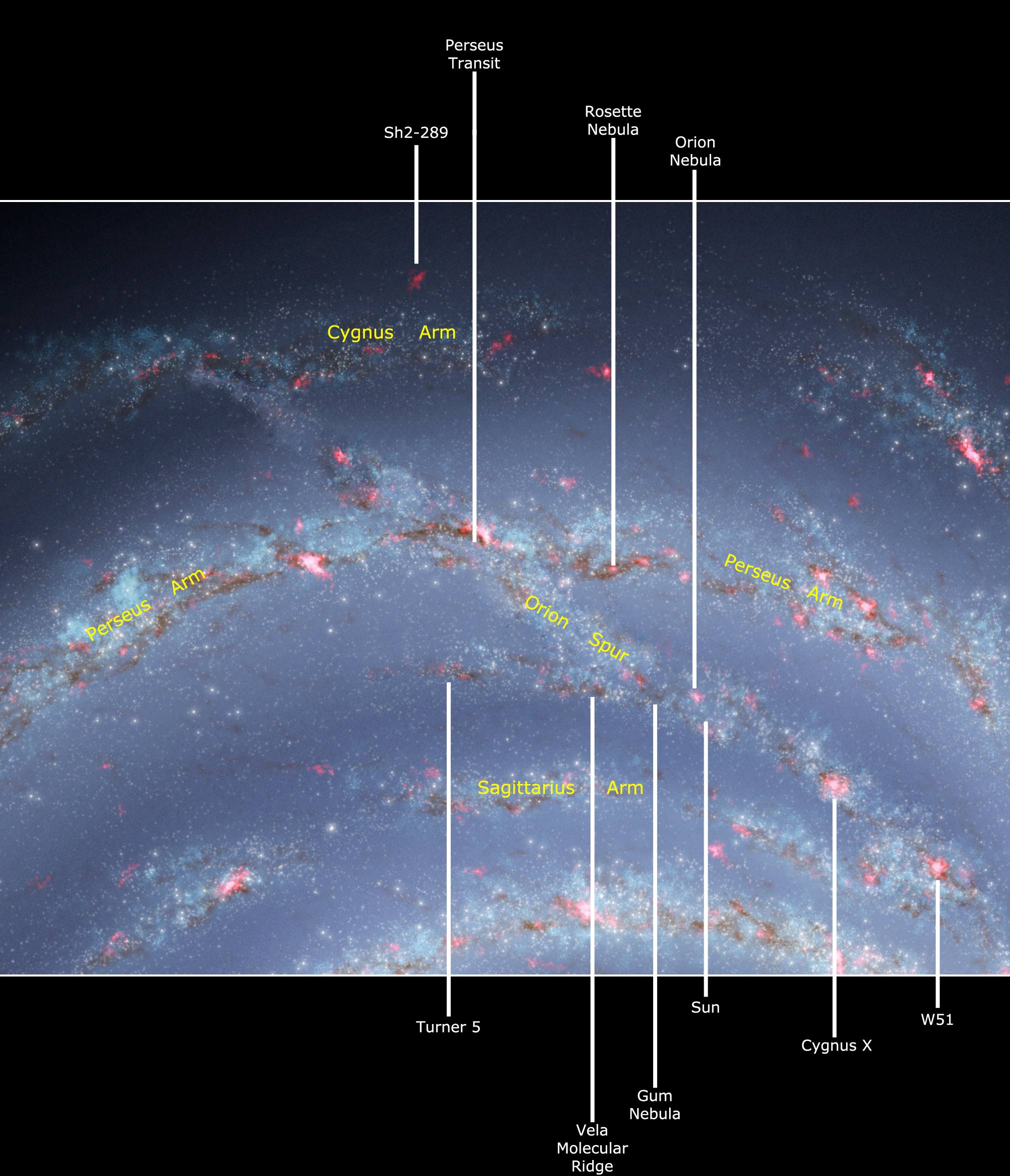‘Cheddar Man,’ Britain’s Oldest Skeleton, Had Dark Skin, DNA Shows
_https://www.nytimes.com/2018/02/07/world/europe/uk-cheddar-man-skeleton-skin.html
He had dark skin, brown curly hair and blue eyes, DNA tests suggest, upending a common assumption that Britain’s indigenous populations were all pale skinned with fair features.
He is “Cheddar Man,” Britain’s oldest complete skeleton, which was discovered in 1903 in Gough’s Cave near the village of Cheddar in Somerset, in southwest England. He lived about 10,000 years ago in the Mesolithic period, the middle part of the Stone Age.
Scientists have now reconstructed his features, demonstrating that he was part of a population of ancient Western Europeans that, scientists have shown in recent years, had dark skin. Research has shown that fair skin pigmentation — long considered a defining feature of Europe — only goes back less than 6,000 years.
The research was led by the Natural History Museum and University College London. A news release about the research was released Wednesday, but the study has not yet been published in a peer-reviewed journal.
“I first studied Cheddar Man more than 40 years ago, but could never have believed that we would one day have his whole genome — the oldest British one to date,” said Prof. Chris Stringer, research leader in human origins at the Natural History Museum.
“To go beyond what the bones tell us and get a scientifically based picture of what he actually looked like is a remarkable and from the results quite a surprising achievement,” said Professor Stringer, who first excavated fossils at Gough’s Cave 30 years ago.
The new research shows that Cheddar Man belonged to a population known as Western hunter-gatherers, who first migrated to Europe about 14,000 years ago, he said. Today, about 10 percent of British ancestry can be linked to that population.
For decades Britons have debated over where they came from and what defines the nature of their genetic heritage.
As scientists are retrieving more DNA from ancient Britons, they are discovering how the isles received wave after wave of immigrants over tens of thousands of years.
This growing knowledge of ancient British genetics is allowing researchers to reconstruct the biology of early Britons — including their skin color.
“What may seem a truth — that people who feel British should have white skin — through time it’s not all something that is an immutable truth,” said Yoan Diekmann, a biologist at University College London who took part in the research.
Researchers studying the skin of living people have been able to determine how some variants influence pigmentation. When humans arose in Africa 300,000 years ago, recent research shows, they had a mixture of light and dark variants.
Humans first arrived in Europe from Africa about 45,000 years ago. Western hunter-gatherers migrated from the Near East much later, mostly replacing the Europeans already there.
Researchers studying a Spanish 7,000-year-old fossil first discovered that at least some Western hunter-gatherers were most likely dark-skinned and blue eyed. Later research confirmed this finding.
Until now, no one knew the affinity of Cheddar Man. The new research shows that he was part of the Western hunter-gatherer population.
“Before, we didn’t know what population lived in Britain, because we didn’t have a genome from there,” Dr. Diekmann said.
Studying a more recent skeleton, the researchers found evidence for the arrival of farmers in England, who descended from people in the Near East. These people carried some variants for lighter skin.
Researchers have found genetic variants for light skin in Sweden and elsewhere farther east dating to 7,700 years ago. Later waves of people from the Near East and Central Asia also brought light-skin variants with them. Less than 6,000 years ago, Europeans generally shifted to this new color.
Why Europeans became white, and why it happened about 40,000 years after modern humans arrived in Europe, “are all pretty much open questions,” Dr. Diekmann said. [Maybe a combination of genetic bottleneck and successive waves of immigration due to cataclysmic events?]
The DNA analysis on Cheddar Man was carried out by drilling a small hole into the ancient skull and pulling out bone powder, which supplies genetic information for the facial reconstruction.
His name came from the village where he was found. Archaeologists also found bones belonging to early human cannibals in Gough’s Cave that are thought to have existed nearly 5,000 years before Cheddar Man, but their DNA profile has no direct ancestry to him even though they were found in the same place.
Still, Cheddar Man has many living relatives.
One of them still lives in Somerset, according to a 1997 DNA experiment carried out by scientists at Oxford. He was identified as Adrian Targett, a high-school history teacher, who is related to Cheddar Man on his mother’s side, the study found.
Mr. Targett could not immediately be reached for comment on Wednesday, but in 1997 when a group of tourists from Los Angeles saw a sign with pictures that explained the relationship between the two men, one of them said, “They don’t look anything alike.”







